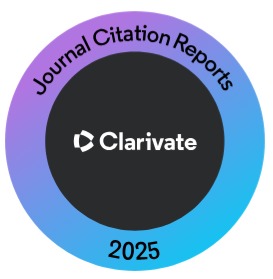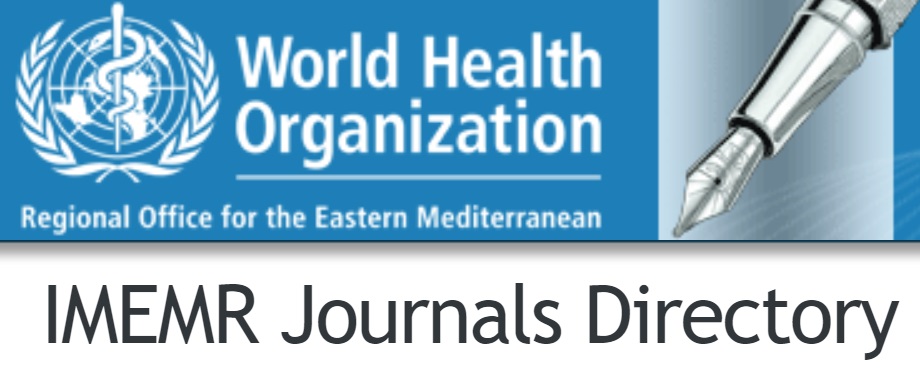Moral Distress among Nurses in Developing Countries of Asia: A Systematic Review
Abstract
Compromising moral values and professional reliability can cause moral distress among nurses. Nurses have to play a significant role in the profession of care providers. They have to use their moral beliefs to make important decisions when providing care to patients. Nurses' struggle for professional compatibility and success has been seen for many years. They have an inner strive to be recognized for the hard work in their profession. This systematic review aims to examine existing literature on moral distress among nursing working in developing countries of Asia from September 2010 to September 2021. The total number of articles meeting the critical appraisal criteria was 19. The articles selected were quantitative (n=12), Qualitative (n= 4), Mixed-method (n=2) and literature review (n=1). Several studies were conducted to measure the frequency and intensity of moral distress and its related factors among nurses. Most scientific studies have shown consistency in measurements of moral distress. Studies have shown that nurses facing moral distress express their distress through various physical and psychological responses. Further several studies have shown moral distress is more related to workload and work-related stress among nurses. Ethical values are the segment of organizational culture, and space for ethical values, if not provided to the nurses, may lead to moral distress among nurses. Workload and unnecessary orders from supervisors and physicians further increase nurses' moral distress. Institutes need to understand their responsibility in producing an ethical distress environment.
KEYWORDS: Moral distress, Ethical values, Nurses, Workload, Professional environment
Downloads
Published
How to Cite
Issue
Section
License
Copyright (c) 2022 Journal of Liaquat University of Medical & Health Sciences

This work is licensed under a Creative Commons Attribution-NonCommercial-ShareAlike 4.0 International License.
Submission of a manuscript to the journal implies that all authors have read and agreed to the content of the undertaking form or the Terms and Conditions.
When an article is accepted for publication, the author(s) retain the copyright and are required to grant the publisher the right of first publication and other non-exclusive publishing rights to JLUMHS.
Articles published in the Journal of Liaquat University of Medical & health sciences are open access articles under a Creative Commons Attribution-Noncommercial - Share Alike 4.0 License. This license permits use, distribution and reproduction in any medium; provided the original work is properly cited and initial publication in this journal. This is in accordance with the BOAI definition of open access. In addition to that users are allowed to remix, tweak and build upon the work non-commercially as long as appropriate credit is given and the new creations are licensed under the identical terms. Or, in certain cases it can be stated that all articles and content there in are published under creative commons license unless stated otherwise.























